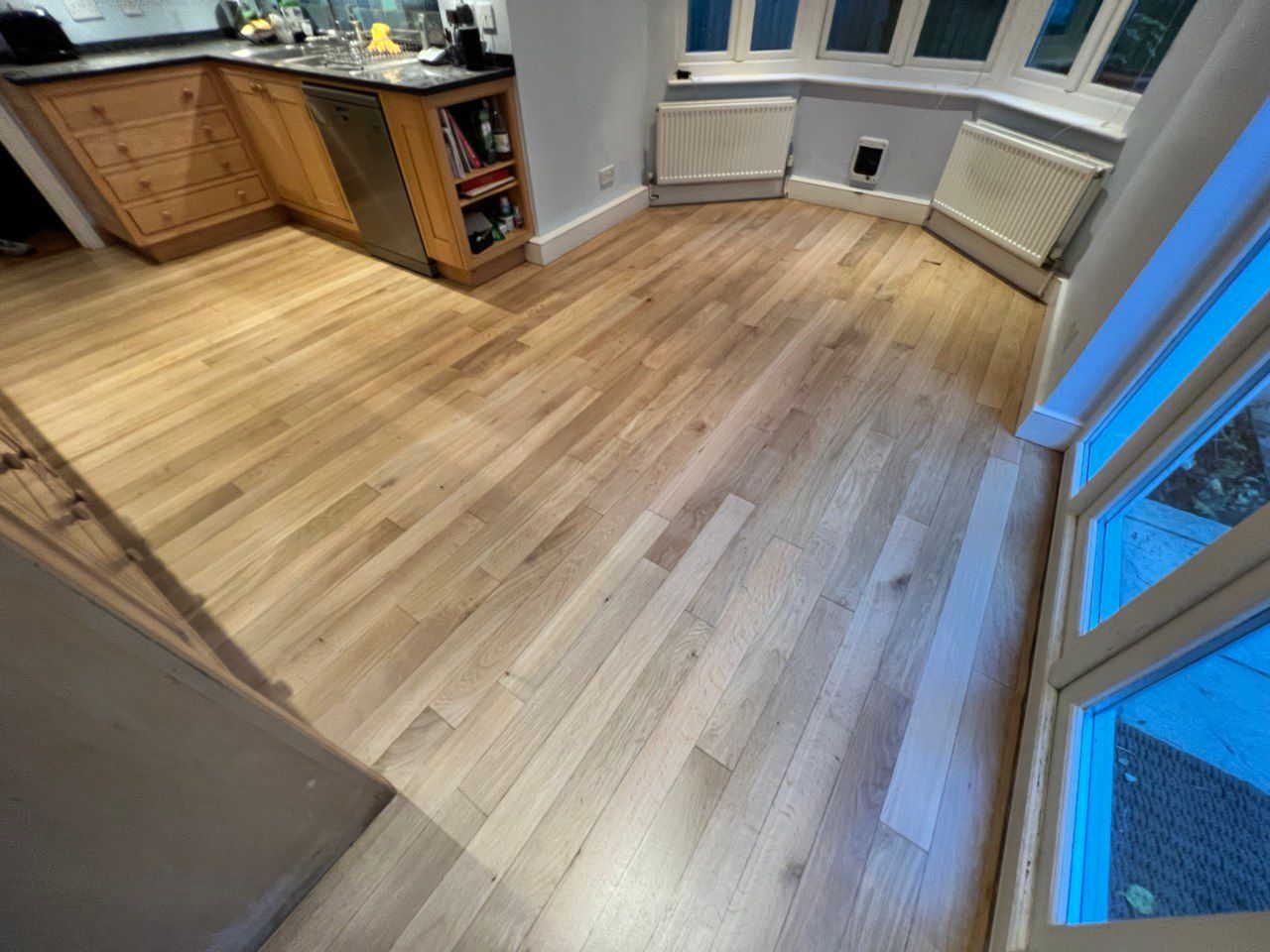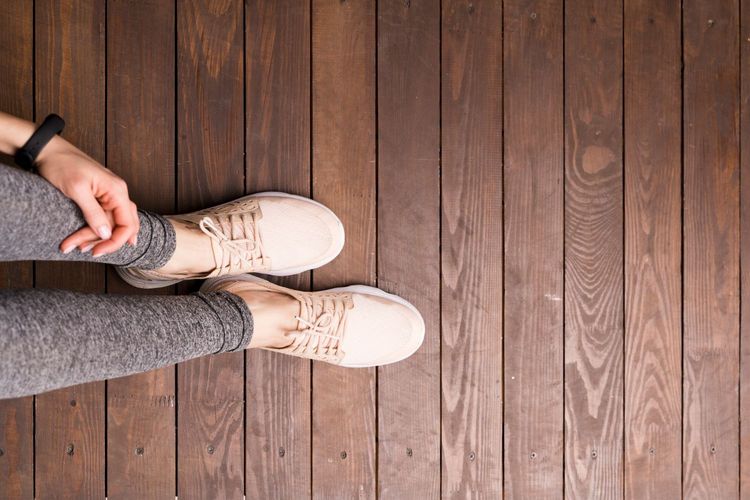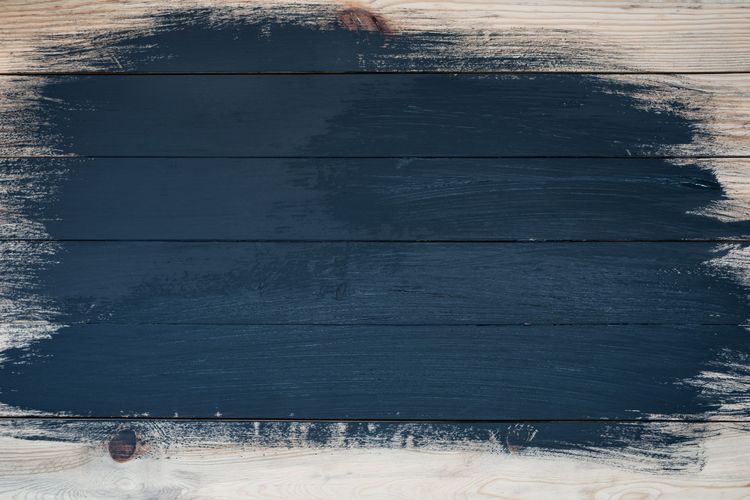Wood Floor Water Damage and Repair

Amazing hardwood floors can bring that rustic style to any room. Nonetheless, the porous nature of wood makes them susceptible to water damage. Be it an ill-fitting door frame, an improperly sealed window, or a leaking sink, water can get into your London homes and get to work.
Your flooring may begin to buckle up and cup when too much moisture is absorbed into the wood.
Finding water damage does not indicate it is the end of your flooring. This post will share practical tips and tricks to help you handle water damage. Applying these suggestions will allow you to bring some sophistication back to your beautiful floors and safeguard them from future damage.
Tell Tale Signs of Damage Wood Floors
Mould is the major giveaway of water damage on wood floors.
When the wood becomes damp, the mould starts to accumulate. It normally presents itself with a dark mark or stain on the board’s surface. The mould will also deteriorate the boards, producing a soft and spongy texture. Often, the board will clasp into soft splinters under strain.
If left untreated, that mould can start to warp around the board. Crowning (or swelling) may happen in the middle of the board, or curling (or cupping) might appear around the edges. That can cause the floorboards to break away or lift, leaving unpleasant gaps or tears.
Another sign is the individual planks starting to crown, resulting in a bump in the floor. Also, your floor’s wood enlarges when it absorbs water. That’s visible when planks buckle up, or the board’s edges turn up.
How to Handle Water-Damaged Wooden Floors
Dealing with water damage is something you wish never have to do. However, it does happen. What matters is what you do right now to your damaged wooden floors so you can stop any further damage from being done to them.
-
Determine the source Noticing water on your wooden floors can cause panic. Take a deep breath and determine where the water is coming from. After you’ve determined the source, turn off the water or ensure there’s no more water coming from where it originated.
-
Eliminate the water fast Getting the water off the wooden floors is something you must do fast. Wood soaks up water, as it’s a porous material. Dry the wooden floors with towels or vacuum them with a hose and dry off the rest with a towel.
-
Assess the wood floor and clean it Inspect the damaged flooring once you’ve removed the water to know the damage that has been done. Give the wood time to dry out while you finish the next few steps.
-
Call your insurance agent Depending on the cause of water damage and your insurance company, your home insurance could cover the repairs or replacement. The amount of coverage you have will vary on your policy. But make sure you call them while you wait for the wooden floor to dry.
-
Contact a hardwood floor repair service A good floor repair London company will come in and inspect your flooring. They will use a moisture metre to determine the water in the wood and consider the best steps to use from there. You can also call a restoration company specialising in wood floors, like Wooden Flooring Expert Ltd.
Flooring companies can provide samples of what the wood will look like when it’s done, depending on the finish you pick. They also provide a free estimate for their work before starting any repairs or restoration to ensure there are no surprises later.
- Remove and refinish or replace the wood floors Depending on your damaged wood planks, you’ll need to change the damage to your wooden floors with new flooring, or you’ll need to refinish the floor by re-staining, sanding it down, and sealing it. If the cupping is severe, you’ll need to change the wood, as sanding it down won’t be enough.
If the water damage is localised and you have extra wood from when the hardwoods were installed, you can eliminate the spoiled planks and change them with new ones after you’ve dried the subfloor and the surrounding area.
Identify how big of an area you’ll need to change. Depending on the wood plank’s age and how long the water was on the floors, you may need to change the whole floor.
When to Replace Your Wooden Floors?
Some factors determine if the hardwood flooring should be repaired or replaced. The determining factors include:
- How much time has your floor been exposed to water
- The floor’s finish and whether its stain can be coordinated if an isolated floorboard should be replaced
- How much damage there is and if the water has already seeped into the subflooring
- The type of flooring you have—engineered or solid hardwood Depending on the damage, your wooden floor may be fixed instead of fully replaced. If there’s minor damage, most floors can be saved, and only an isolated floorboard may need fixing.
Nonetheless, if the damage is significant, your entire floor may need replacement and even the subfloors.
Should You Hire a Professional to Fix It?
The important thing to keep in mind when dealing with a water-damaged wooden floor is the timing. The longer your wooden floor is left untreated, the more serious the long-term damage will be.
If your wooden floors have been exposed to massive volumes of water, you see buckled floorboards or deep stains, or the water damage has led to rotting, the concern will involve more than home maintenance.
The impacts of water damage and the processes involved in fixing them can vary based on the timber types you use on the floor and subfloor. Only a reliable and skilled professional like the Wooden Flooring Expert can identify the next steps in salvaging the current floor or replacing it with a new one.
Wooden Flooring Expert Ltd. has not only been restoring wood floors for local London residents for years, but we are also a well-reputed and trusted industry leader specialising in adding value to a property’s structural and cosmetic integrity.
Contact us today at 020 808 990 76 to get a free estimate!



